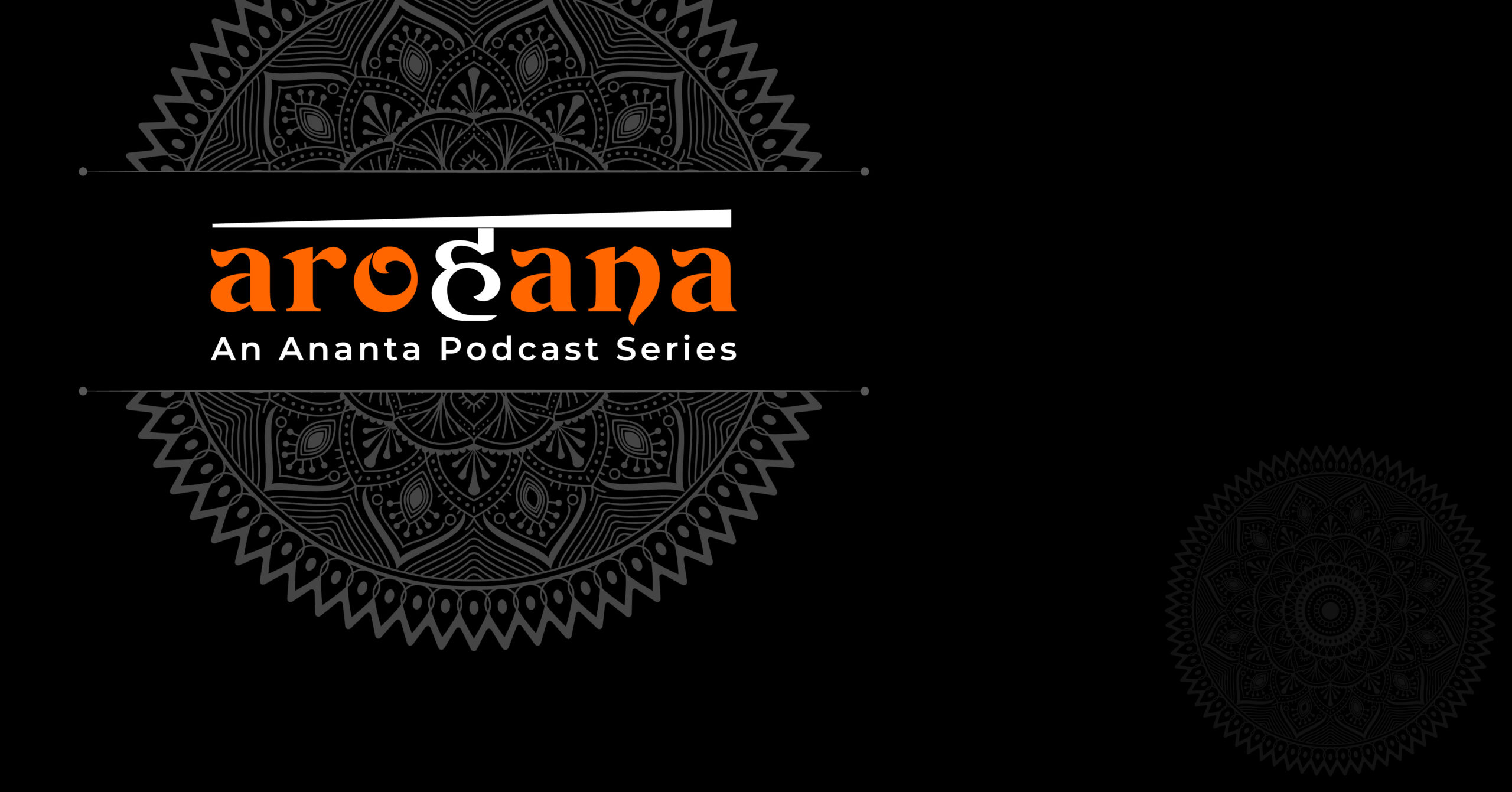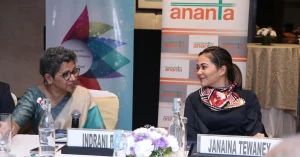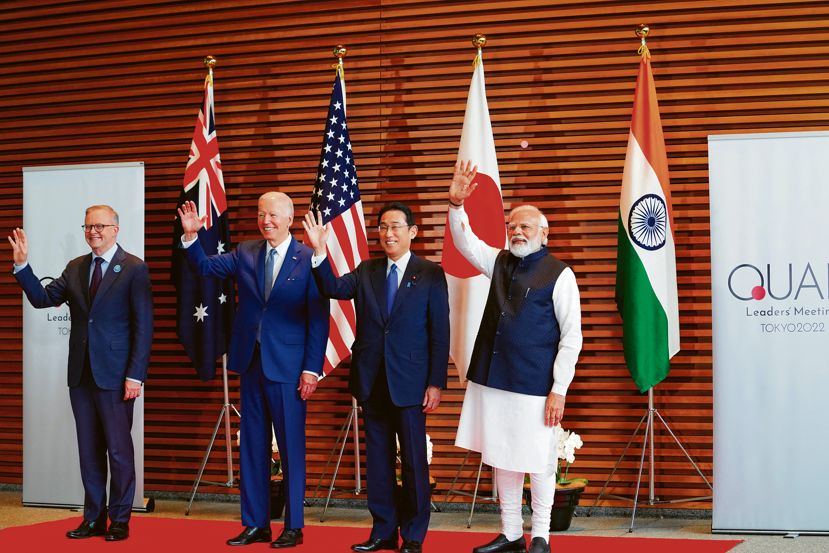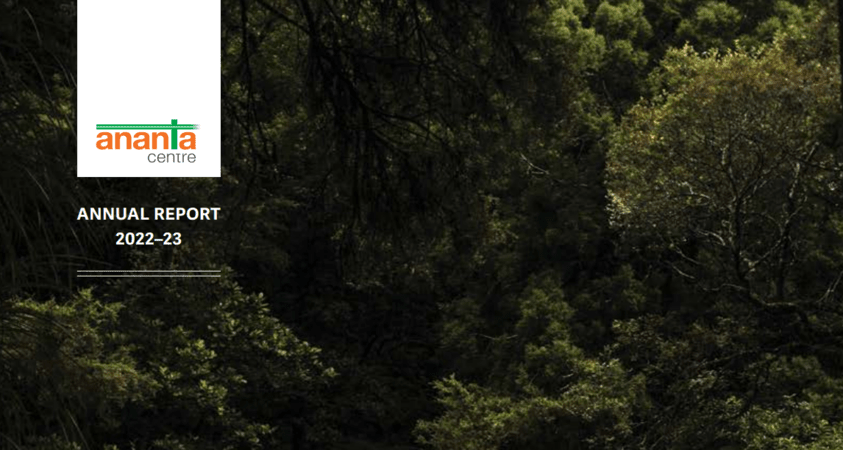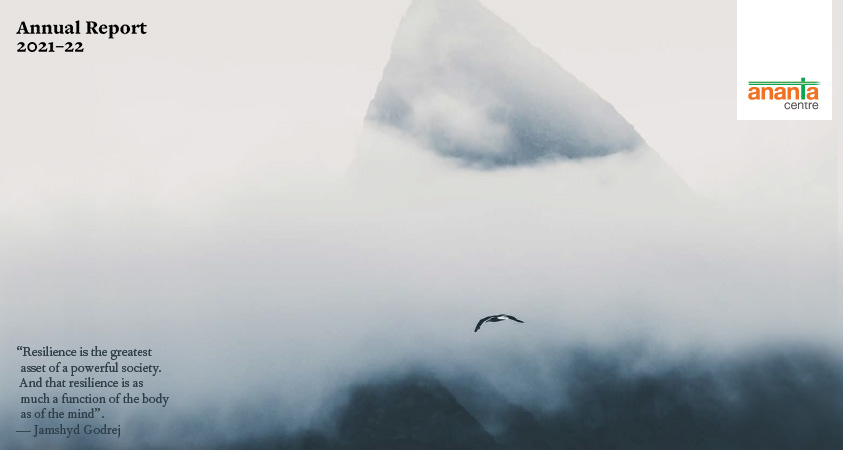I Overview
China:
• India – China Border Imbroglio
• China issues a White Paper on its efforts to tackle Covid-19
• Resurgence of Covid-19 in Beijing
• US and China top diplomats meet in Hawaii
Japan:
• PM Abe announces a second stimulus package
• Japan’s handling of Covid-19
• Japanese Defense Minister warns of China’s intentions in Asia
South Korea:
• PM Modi greets President of South Korea on 70th Anniversary of Outbreak of Korean War
North Korea:
• North Korea blows up office shared with South Korea near border
Hong Kong:
• New National Security Law for HK almost ready
US-China Friction Moves to the Military Realm:
• US announces change in force posture from Europe to Indo-Pacific
II Developments in China
India – China Border Imbroglio
Since early May 2020, Indian troops and Chinese PLA forces have had several standoffs in eastern Ladakh at the Galwan River Valley, Pangong Lake and Hot Springs. In the past there have been face-offs between Indian and Chinese patrols on the Line of Actual Control between the two countries which is 3488 kms long from the Western Sector in J&K and Ladakh to Arunachal Pradesh in the Eastern Sector. The difference this time around is that the PLA has come to Ladakh in considerable strength also bringing in heavy armour implying that the current events are planned and pre-meditated.
What are the Chinese trying to do? Basically, what the PLA is attempting in eastern Ladakh is to move their actual ground positions right up to their conception of the LAC. Remember, there is no agreed boundary or LAC between the two countries. So, China is attempting to unilaterally decide where the LAC lies without consulting India. From a strategic perspective, China is trying to show India and the world that she is the numero uno power in Asia and that she can muscle her way wherever she wants. It is also an attempt to teach India a lesson and humiliate her.
The Indian Army has blocked the PLA from crossing what we consider the LAC at Galwan. What is even more important for India is that the status quo ante on the ground not be changed and hence our absolute demand is restoration of this status quo ante as it existed till Chinese troops moved.
What happened on the night of 15 June? A de-escalation and disengagement process had been agreed to in talks between Generals of the two sides on 6 June. Indian forces were ensuring that the process had been completed by the Chinese side and that all structures made by them since early May had been dismantled. It was during this verification process that things got out of control and Chinese troops attacked our soldiers with bayonets, barbed wire bamboos and batons. 20 Indian soldiers died including the Commanding Officer of 16 Bihar. In retaliation, the Indian Army gave a wonderful account of itself in terms of sheer bravery, ability in hand-to-hand combat and raw courage. From all accounts, 40-50 Chinese soldiers lost their lives that fateful night. It is the first battlefield casualties taken by the PLA in almost 4 decades. This is the first time since 1975 that lives have been lost in the India – China border areas.
How did it come to this pass? Since neither a boundary, nor the LAC is mutually agreed between India and China, the two governments sensing the potential for trouble, have since 1993 put in place several agreements which make an architecture for the maintenance of peace and tranquility. Several principles, tenets and standard operating procedures ensured that peace was maintained in the disputed border areas for over 25 years. It has broken down in 2020 due to the aggressiveness of Chinese troops and their violation of all the agreements between India and China aimed at maintaining peace on the border.
What is the current situation? Although both diplomatic level and military level talks are ongoing between the two sides, the statements being put out by the two governments and their representatives clearly show a wide gulf in their positions, both on what transpired as well as on who is to blame. For us, we need to ask ourselves the question who first changed the status quo ante? Clearly, it was China and the PLA who brought in large numbers of troops and moved their ground positions forward. Hence, it can be stated unambiguously that China is responsible for all that has transpired this summer in eastern Ladakh.
China issues a White Paper on its efforts to tackle Covid-19
On 7 June, the State Council of China issued a White Paper titled “Fighting Covid – 19 : China in Action” which as can be imagined whitewashes China’s many sins of omission and commission and attempts to show that she took timely action and actually helped the rest of the world fight this pandemic.
Resurgence of Covid-19 in Beijing
There was an outbreak of Covid-19 positive cases in Beijing in early June prompting the city authorities to tighten containment measures and even lockdown several areas in the capital city since 11 June. Many schools have been shut down again and masks are once again being seen on the streets.
US and China top diplomats meet in Hawaii
US Secretary of State Mike Pompeo and China’s Politburo member and top ranking diplomat Yang Jiechi held 7 hours of talks in Hawaii on 17 June. A whole range of issues between the two countries were apparently discussed but media briefings by the US side were very brief and did not say much.
III Developments in Japan
PM Abe announces a second stimulus package
Japanese PM Abe announced a second stimulus package of 117 trillion Yen (US $ 1.1 trillion) in end May to help the Japanese economy overcome the deleterious effects of the pandemic. His Government also approved a second supplementary budget for the current fiscal of US $ 296 billion (31.9 trillion Yen).
Japan’s handling of Covid-19
There was a sudden uptick in new corona virus infection cases in Tokyo this Saturday with 57 new cases being discovered. This is the highest daily number since Japan lifted the nationwide emergency end May. However, with just 971 deaths due to Covid-19 and a mere 799 active cases, Japan must be considered a success story in handling this pandemic.
Japanese Defense Minister warns of China’s intentions in Asia
In a rare briefing to foreign correspondents in Tokyo on 25 June, Defense Minister Taro Kono spoke about the need to keep an eye not just on China’s capabilities but also its intentions in Asia. He also revealed that a Chinese submarine had been detected in Japanese territorial waters earlier this month. Earlier, Kono had also announced the cancellation of the purchase of a ballistic missile defense system Aegis Ashore made by Lockheed Martin.
IV Developments in South Korea
PM Modi greets President of South Korea on 70th Anniversary of Outbreak of Korean War
On 25 June, PM Modi’s video message was screened during a commemorative ceremony in Seoul of the 70th anniversary of the outbreak of the Korean War attended by President Moon Jae-in. PM paid rich tributes to the bravehearts who sacrificed their lives for peace on the Korean Peninsula. India’s contribution to the war effort was the deployment of the 60 Para Field Hospital, which is remembered with gratitude in that nation.
V Developments in North Korea
North Korea blows up office shared with South Korea near border
As an indication of its frustration and a warning signal to South Korea over the fact that the North’s negotiations with the United States were not going anywhere, North Korean authorities blew up an office near the border shared between the two countries. The blast effectively ended a détente on the Korean Peninsula over the past 2 years. The office had been utilized to facilitate person-to-person contact between North and South Korea.
VI Developments in Hong Kong
New National Security Law for HK almost ready
A meeting of the Standing Committee of the National People’s Congress of China has almost finalized the new national security law for Hong Kong. While it is still being refined, none of the provisions of the new law have as yet been revealed to the world or to HK people. It is widely expected that the new law would make fundamental changes to the way HK operates including in its open and transparent system. This would be a gross violation of the Basic Law of HK which was to have remained in place for 50 years since the handover – that is till 2047. This is one more example of Beijing’s increasing aggressiveness and its complete disregard for public and governmental opinion anywhere in the world. It also signals the effective demise of the “one country, two systems” model under which HK’s return to Chinese sovereignty had been negotiated.
VII US-China Friction Moves to the Military Realm
US announces change in force posture from Europe to Indo-Pacific
The United States has announced a major change in its force posture by moving troops from the European theatre to the Indo-Pacific theatre due to Chinese threat to India and South East Asia. This is a major statement by the US that it will help its friends and allies tackle Chinese aggressiveness and although it does not change the fact that India is alone in protecting its borders with China it does provide some geopolitical assurance.




